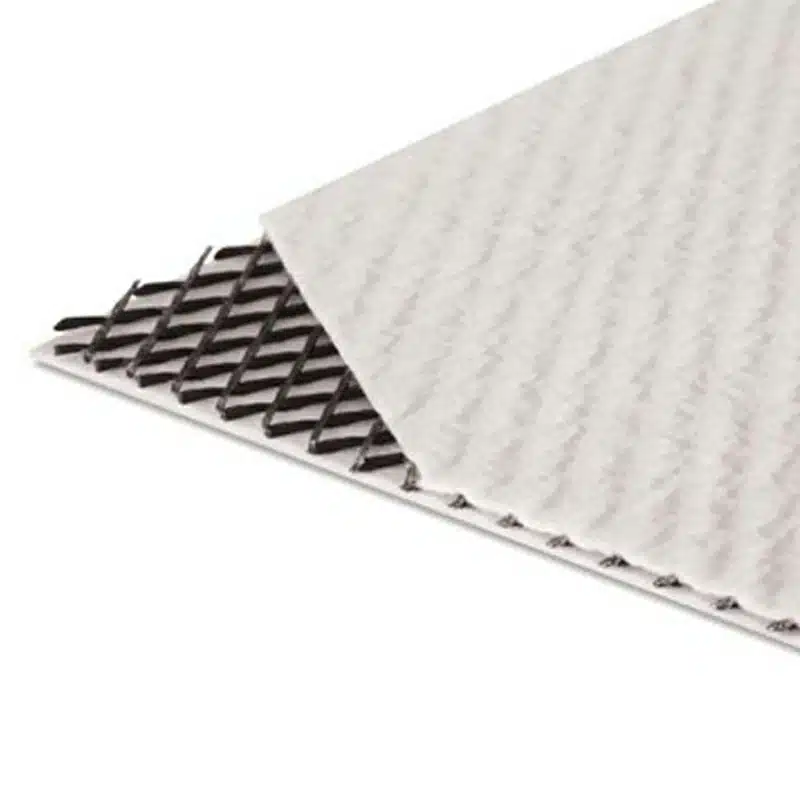The Role of Geonet Drainage Mat in Modern Geosynthetic Applications

A geonet drainage mat is a composite geosynthetic product typically consisting of a high-density polyethylene (HDPE) geonet core sandwiched between geotextiles. Its primary function is to provide a reliable pathway for water or gas flow while preventing soil intrusion. The geonet core features a tri-planar or bi-planar structure that allows efficient drainage even under high compressive loads.
In applications such as landfills or roadbeds, the mat prevents hydrostatic pressure build-up, extending the life and performance of the structure.
Where is geonet drainage mat used in civil engineering?
These mats are widely applied in:
- Landfill leachate and gas venting systems
- Retaining wall drainage
- Roadway sub-base drainage
- Green roofing systems
- Tunnel and foundation waterproofing
According to a report by MarketsandMarkets, the global geosynthetics market is projected to reach USD 17.2 billion by 2027, growing at a CAGR of 6.5% from 2022 (Source: MarketsandMarkets, 2023). Among these, drainage applications represent a significant and growing segment due to stricter environmental regulations and urbanization trends.

What are the advantages of using geonet drainage mats over traditional drainage materials?
Compared to gravel or sand-based drainage layers, geonet drainage mats offer:
- Higher flow capacity per unit thickness
- Lightweight and easier installation
- Reduced transportation and labor costs
- Improved consistency and long-term performance
- Compatibility with other geosynthetics in multilayer systems
A study published in the Geosynthetics International Journal shows that geonet mats can reduce installation time by up to 40% in landfill projects (Source: Geosynthetics International, 2022), proving their economic and operational value.
How are geonet drainage mats tested for performance?
To ensure quality and performance, geonet drainage mats undergo:
- ASTM D4716: Constant head transmissivity tests to evaluate flow rate
- ASTM D1621: Compressive strength testing
- ASTM D638: Tensile properties for durability under load
- Creep testing: Long-term deformation under pressure
These tests simulate field conditions and ensure the mats meet regulatory and structural requirements for specific project needs.
In conclusion, the geonet drainage mat is a high-performance geosynthetic solution, playing a crucial role in modern infrastructure resilience and sustainability. Its wide applicability, supported by industry data and technical standards, underscores its importance in both civil and environmental engineering.
Comments
Post a Comment